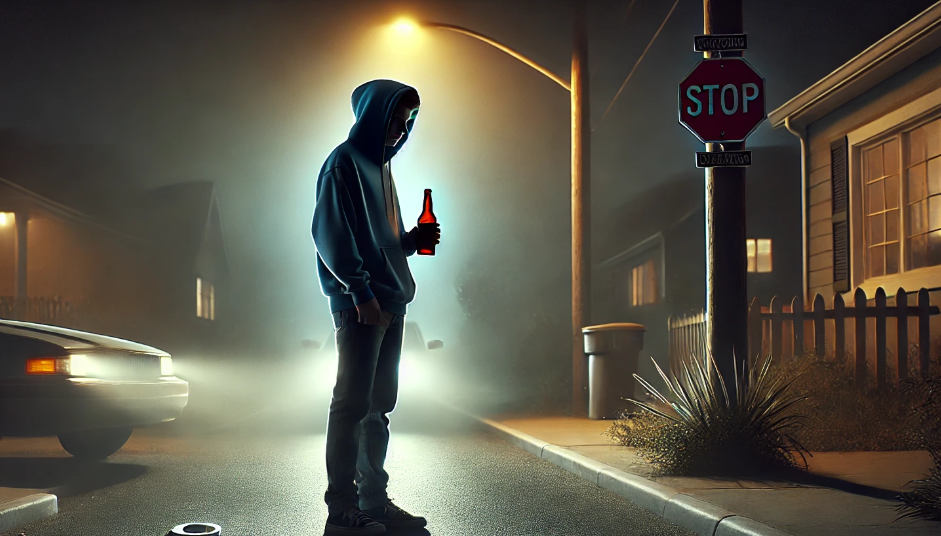How Alcohol Advertising Targets Teens
Alcohol advertisements are nearly impossible for teens to avoid. From flashy social media posts to TV commercials during sports events, alcohol marketing often finds its way to youth audiences. U.S. teens encounter alcohol ads regularly, and exposure to alcohol ads can fuel underage drinking
Research shows that advertising influences how young people perceive alcohol, subtly normalizing it and increasing the likelihood they’ll start drinking at an earlier age cdc.govcdc.gov.
Ads Teens See and Why They Matter
Alcohol companies claim they don’t target minors, but many ads appear in media popular with teens. Music videos, sports broadcasts, and influencer posts can all feature alcohol in a glamorous light. Over half of U.S. teens report seeing or hearing alcohol ads, whether on TV, streaming videos, or browsing the internet wbay.com. This matters because seeing alcohol portrayed as fun or sophisticated can make teens more likely to view drinking as positive or normal cdc.gov. Indeed, the CDC confirms that exposure to alcohol marketing increases the chance that youths will initiate drinking and drink more heavilycdc.gov. In short, advertising works – even on those who aren’t old enough to buy alcohol.
Sneaky Strategies and Youth Appeal
Alcohol ads often use strategies that appeal to younger minds: humor, catchy music, attractive young models, or cartoonish characters. They appear during events like major sports games or concerts that draw teen viewers. Despite voluntary industry limits on advertising where underage audiences are large, a significant share of alcohol ads still appear on programs with a high youth viewershipcdc.govcdc.gov. Digital marketing is another concern – sponsored posts and viral content can reach teens under the radar. Alcohol marketing efforts may indeed be reaching and influencing underage audiences, as suggested by research linking youth-brand preferences to high advertising spendingniaaa.nih.govniaaa.nih.gov. In other words, teens often gravitate to the brands they see advertised most.
What Parents and Communities Can Do
Actionable Insight: Parents and mentors can help teens become savvy about media influence. Talk with your teen about the purpose of alcohol ads – to sell products, not to tell the whole truth about consequences. Encourage them to think critically: Who is this ad targeting? What isn’t it saying about alcohol? Community coalitions like SSAPCO can advocate for limiting alcohol advertising near schools or youth events. They can also share educational campaigns that raise awareness of how ads distort realitycdc.gov. Finally, a simple but powerful step is communication. When teens know that adults see through the flashy ads, they’ll be more prepared to resist the hidden influence and make choices based on facts, not marketing fiction. Call to Action: This week, try watching a TV show or browsing social media with your teen and discuss any alcohol ads you see. It’s an eye-opening way to start a conversation about media influence and healthy choices.
Sources: CDC, NIAAA, WBAY, SSAPCO


Comments
Post a Comment